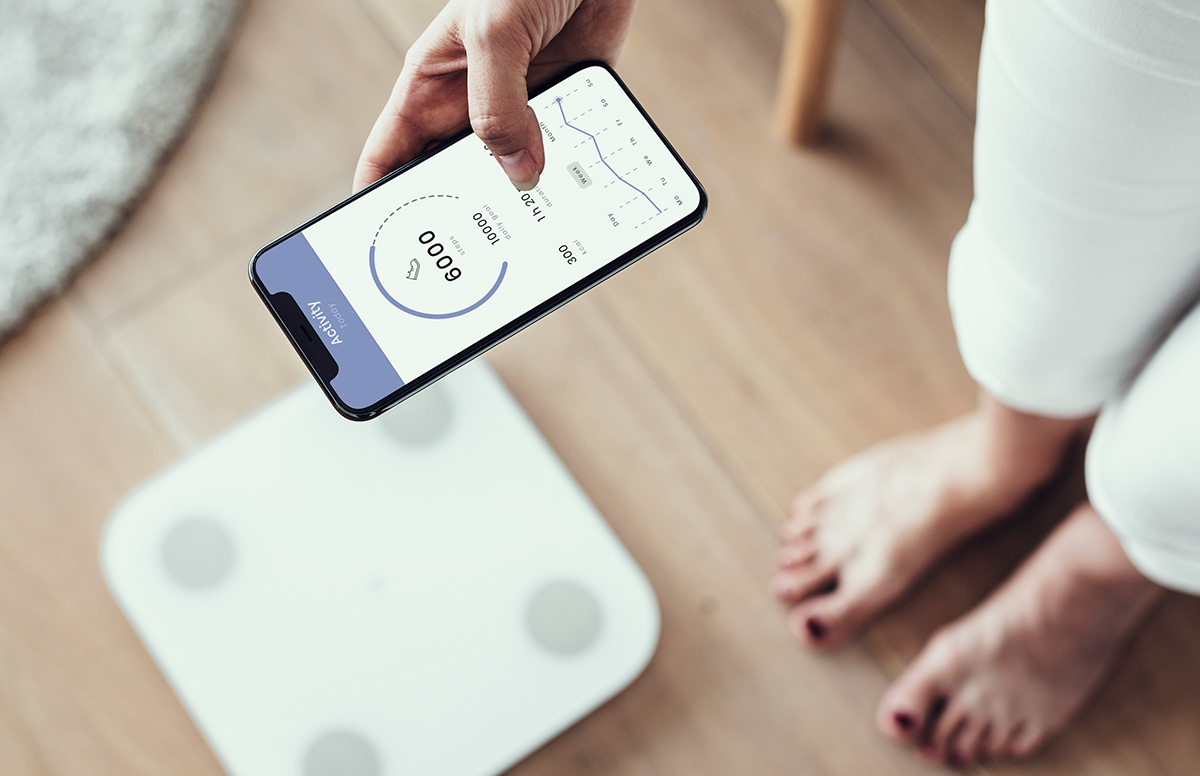Using wearable devices frequently could help older adults to stay more active, including older adults with chronic conditions, says a new study published in Cureus. The findings can help inform interventions to increase physical activity among older adults. The authors suggest that future studies look at ways to increase older adults’ adoption and sustained use of wearable devices.
This study used a nationally representative sample to review the percentage of older adults who own wearable devices and how those devices are associated with physical activity. Previous smaller studies, and systematic reviews with limited populations, have found an association between wearable devices and physical activity. This research used data from the Health Information National Trends Survey (HINTS). It suggests that using wearable devices often, over time, is the key to increasing physical activity.
The study reviewed data from over 3,300 adults aged 65 and over. Overall, 54% of the population were women, 78% were white, 50% had less than college-level education, and over 80% reported at least a good self-health status. People who are insured and from households with an annual income of at least $75,000 were more likely to use wearable devices, and Hispanics were the least likely of all the racial groups to use them. A table included with the results shows full demographic details.
Findings suggest the following:
Low Adoption: Among older adults, only one in seven (14%) of older adults said they had used wearable devices in the past year.
Device Use Increases Physical Activity: Older adults who used wearable devices were more likely to achieve nationally recommended weekly activity levels than non-users. They were 1.54 times more likely to achieve the goals for physical activity and 1.6 times more likely to meet the strength training goals than those not using wearable devices, supporting previous research findings.
Frequent Use Matters: Those who use wearable devices frequently are more likely to achieve nationally recommended weekly levels of physical activity and resistance strength training than never-users.
Results Extend to Those with Chronic Diseases: Older adults with chronic diseases who use wearable devices were more likely to achieve nationally recommended weekly levels of resistance strength training than non-users—suggesting that wearable devices could help increase physical activity in these populations.
Opportunities for Health Care Providers to Engage: A majority of the wearable device owners (77%) were willing to share their devices’ data with their health care providers. This openness offers health care providers the opportunity to engage with older adults and support positive health behaviors, said the authors.
Active Use Is the Key: Previous studies mainly focused on the association between ever-users vs. non-users of wearable devices (WD) and physical activity. These findings go one step farther. “Our results provide early evidence regarding the intensity of WD use and positive lifestyle change and support the notion that active use, not simply owning WD, may lead to better health outcomes,” the authors wrote.

 Shutdown Week Three: Impact of Ongoing Closure on Affordable Housing
Shutdown Week Three: Impact of Ongoing Closure on Affordable Housing Colleagues on the Move, December 17, 2025
Colleagues on the Move, December 17, 2025


